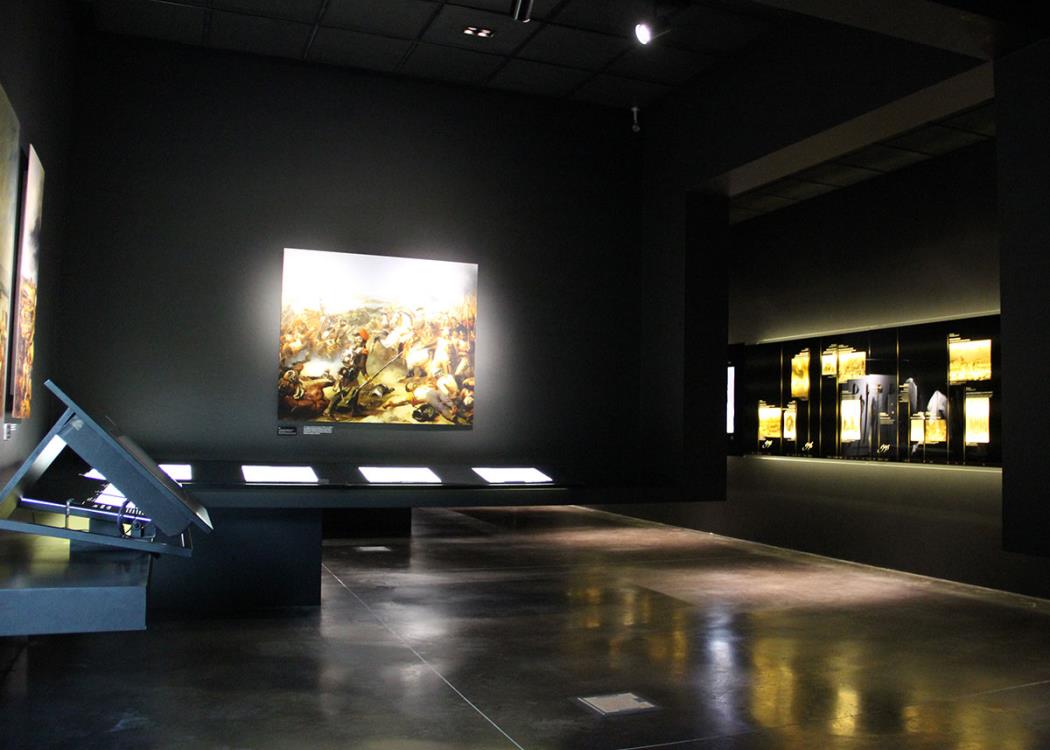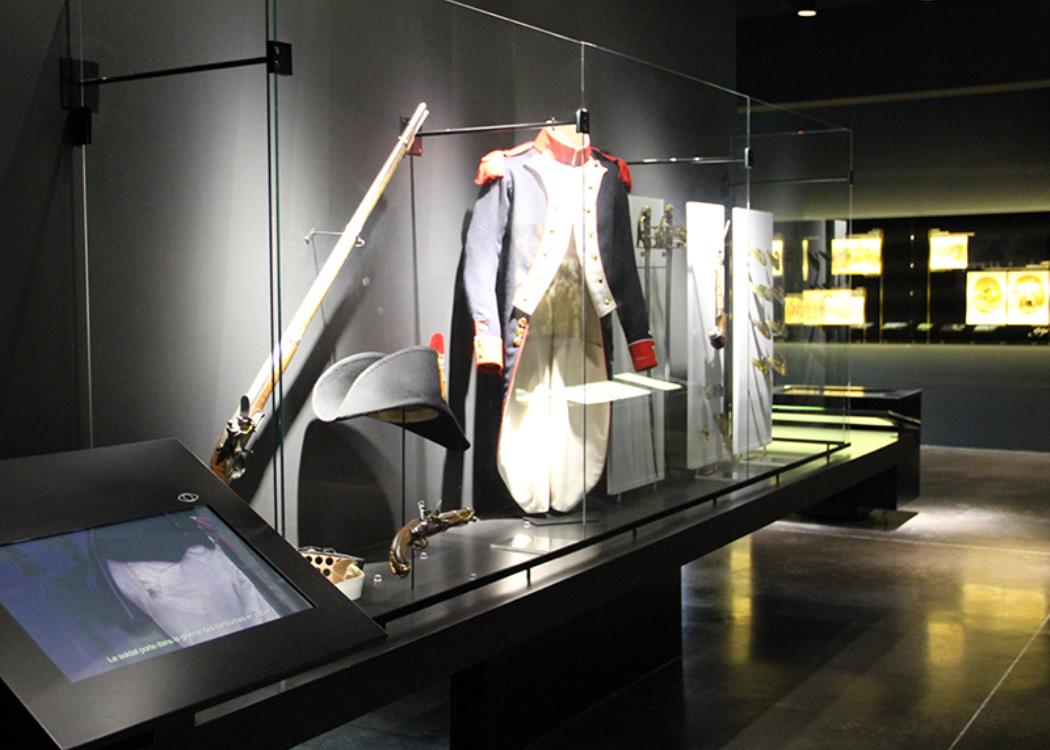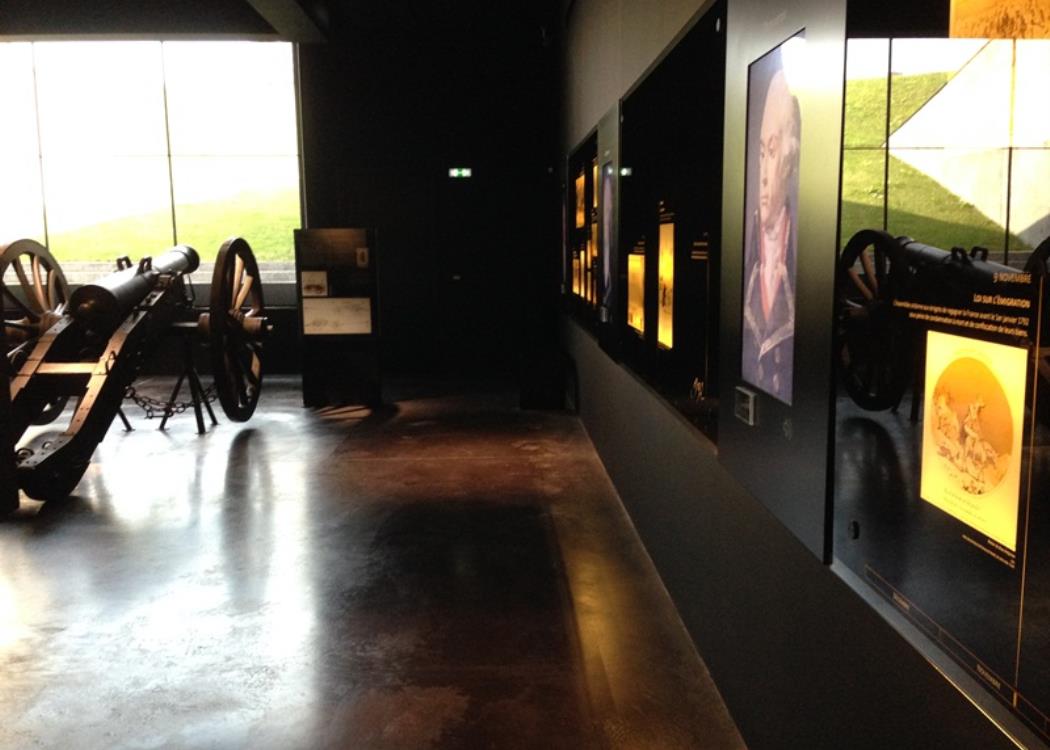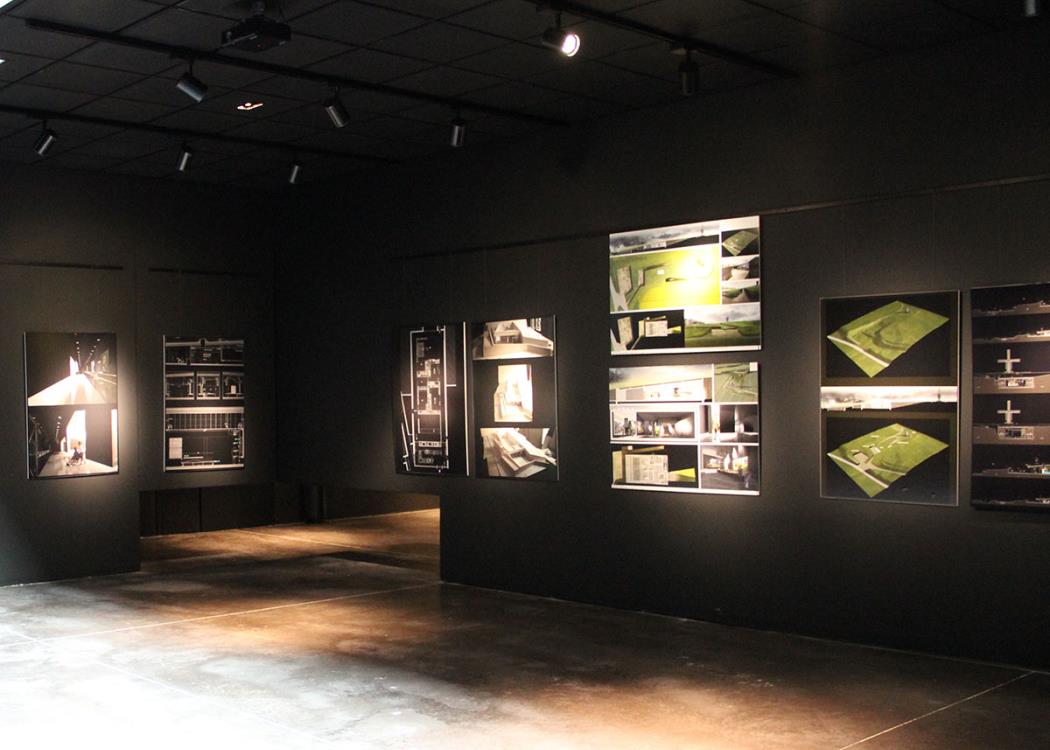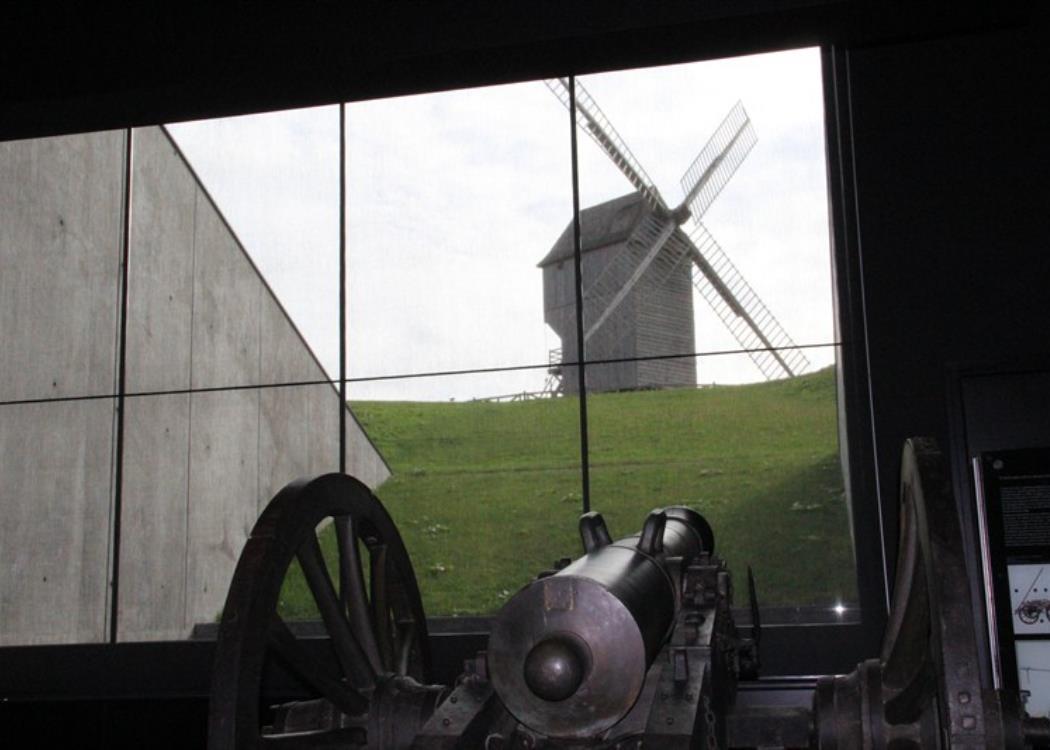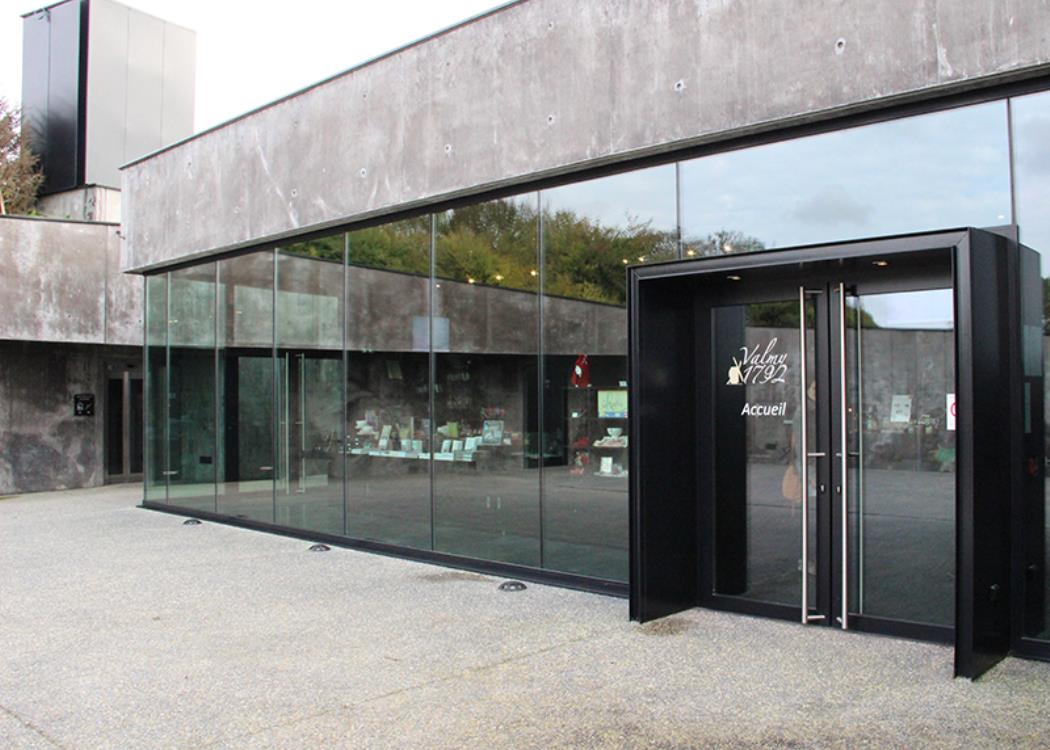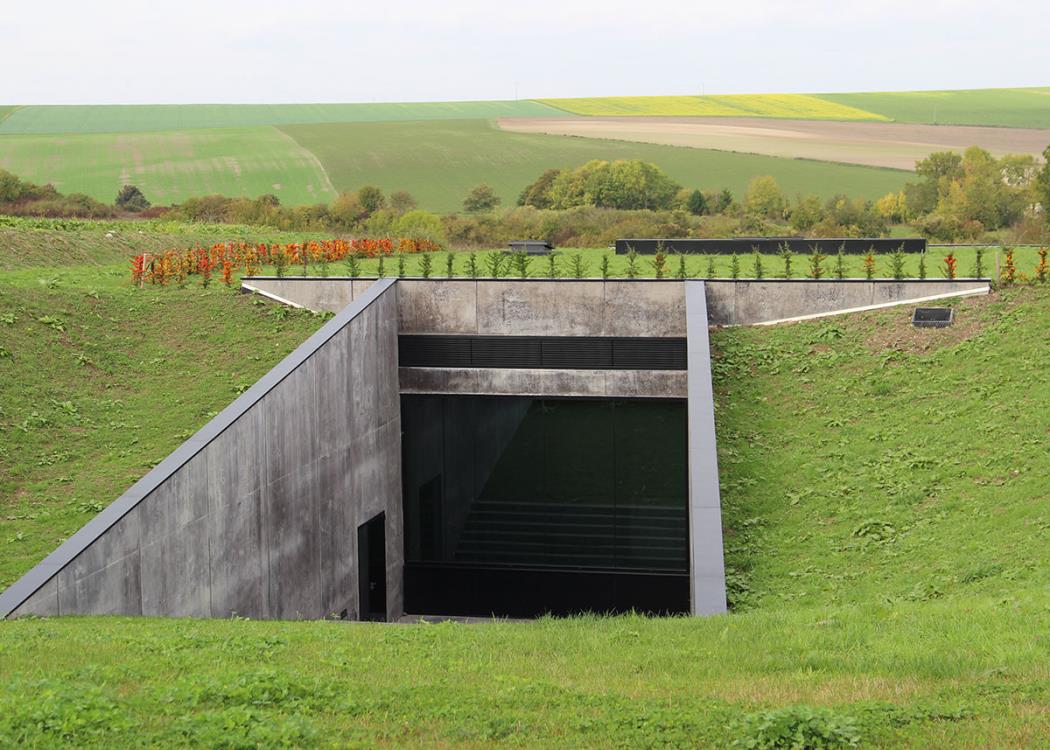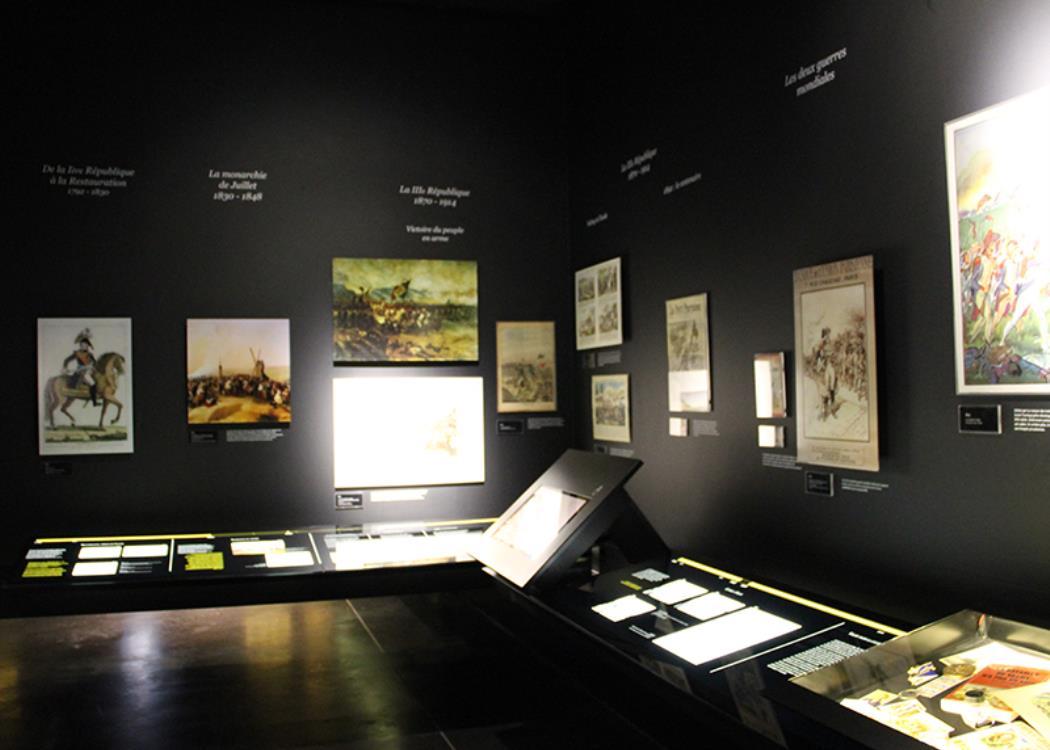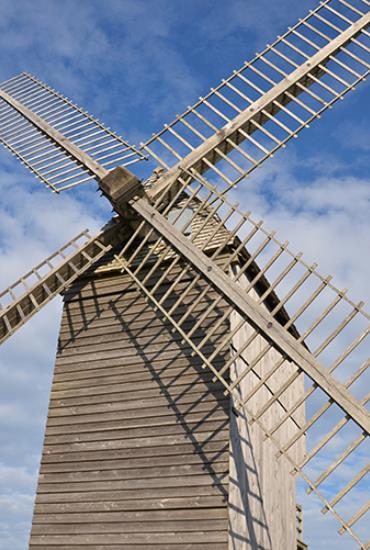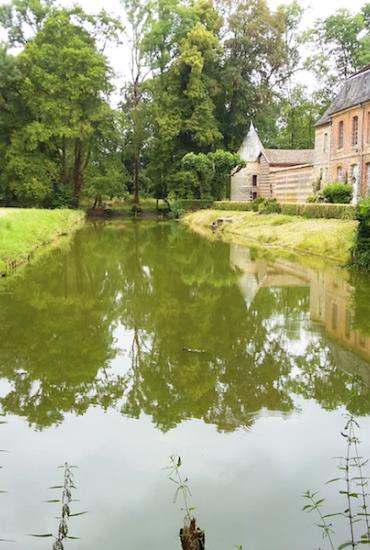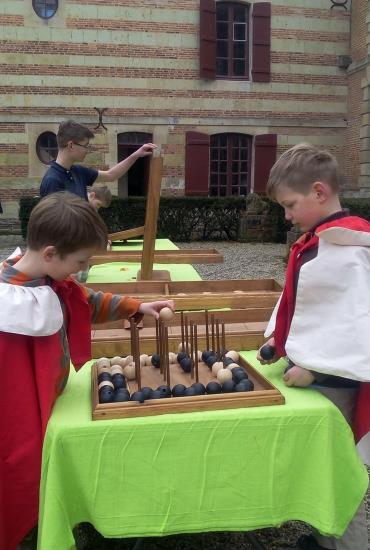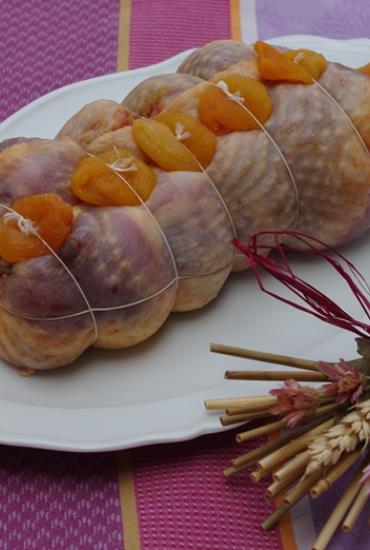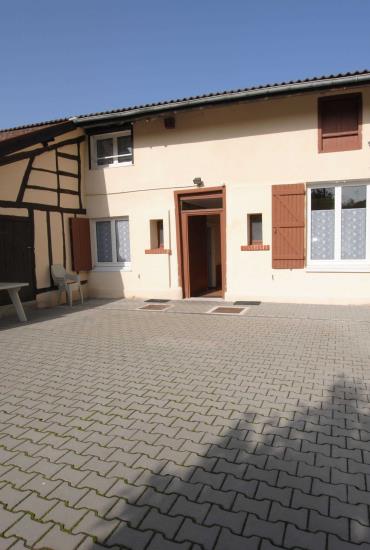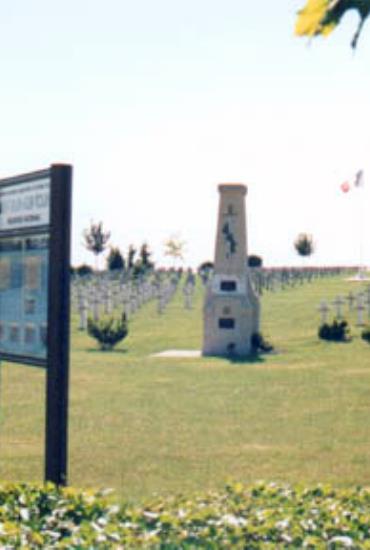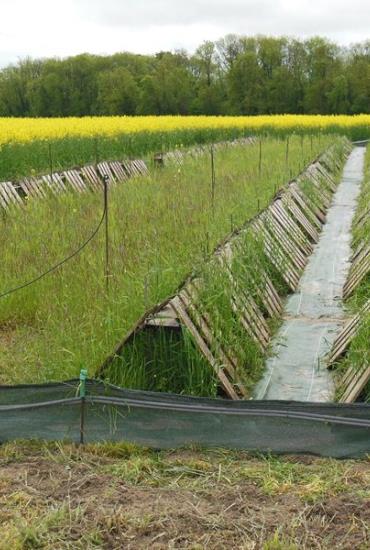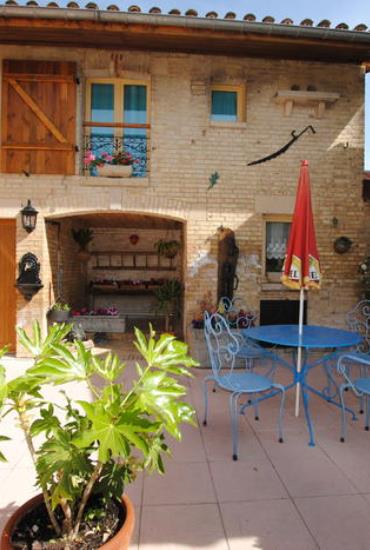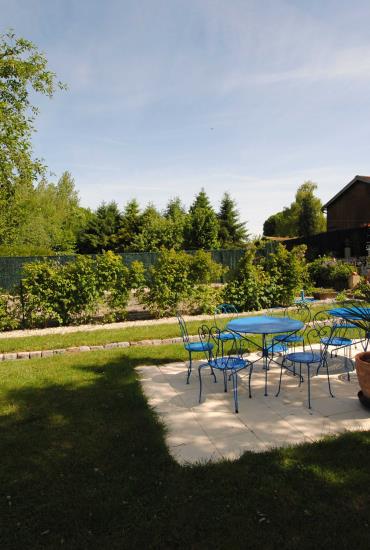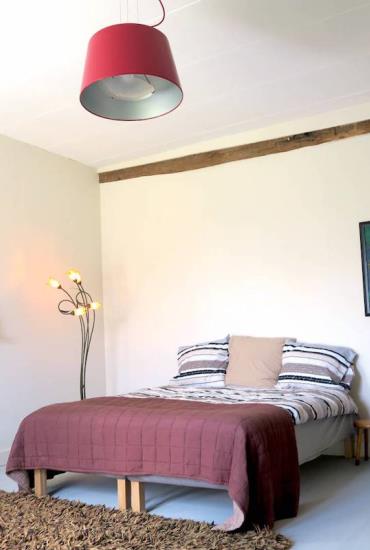Centre historique Valmy 1792
Why
take advantage (of it)...!
Relive the finest hours of the French Revolution at the heart of the site of the battle of Valmy.
Divided into eight areas, the Centre d'Interprétation de Valmy offers a themed route based around the causes of the battle, what took place, the clashes, the warring parties, the political consequences and the birth of the legend of Valmy.
Languages spoken
English, Spanish, FrenchClasses of sites and monuments
- National museum
Tours
Average length of stay
Tour languages
On-demand guided tour
Continuous open tour
Visite libre sur demande
Services
Activities available
- Specific theme activities
- Junior workshop
- Conferences
- Temporary exhibitions
Services
- Shop
Announcements
Paroles d'expert
Lire la suite
Prices
Payments accepted
- Credit card
- Postal or bank cheques
- Holiday vouchers
- Cash
Groupes
Group accepted
yesMin. number of people
10Max. number of people
120Coach parking
yesDurée moyenne de visite
45Opening
Closing comment: Monday
See the timetables
Closing comment: Monday
See the timetables
Closing comment: Thursday, Monday, Tuesday, Wednesday, Friday
See the timetables
Closing comment: Monday
See the timetables
Closing comment: Monday
See the timetables
Closing comment: Monday
See the timetables
Closing comment: Monday
See the timetables
Closing comment: Thursday, Monday, Tuesday, Wednesday, Friday
See the timetables
Closing comment: Monday
See the timetables
Closing comment: Monday
See the timetables
Closing comment: Monday
See the timetables
Closing comment: Thursday, Monday, Tuesday, Wednesday, Friday
See the timetables
Closing comment: Monday
See the timetables
Closing comment: Monday
See the timetables
Closing comment: Monday
See the timetables
Closing comment: Monday
See the timetables
Closing comment: Thursday, Monday, Tuesday, Wednesday, Friday
See the timetables
Closing comment: Monday
See the timetables
Closing comment: Monday
See the timetables
Discover (in the)
surroundings...
Discover complementary ideas nearby.
